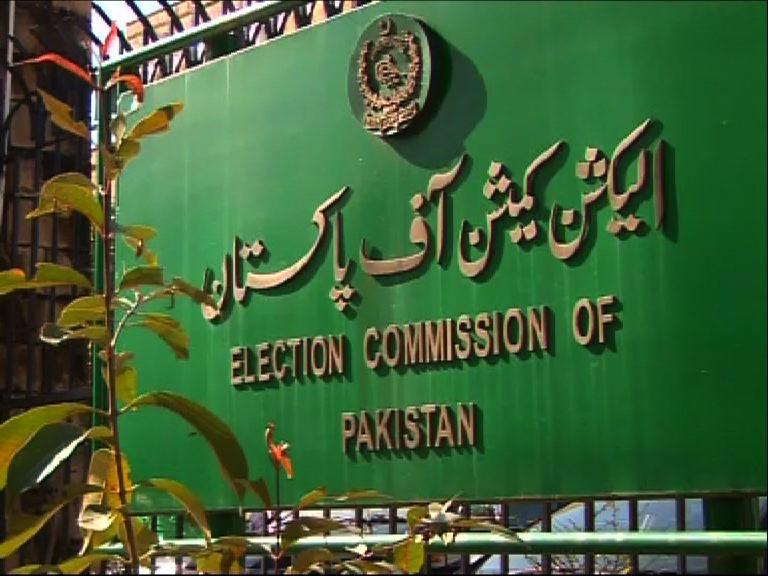Islamabad:
On Thursday, the Pakistan Electoral Commission (ECP) published voters’ statistics on Thursday, showing that the total number of voters recorded reached 133,417,505 (133.42 million) in the country.
Since March 6, 2025, data highlights significant disparities between the sexes, with 71,654,092 (71.65 million) male voters (53.71%) and 61,763,413 (61.76 million) voters (46.29%), stressing the persistent difference in electoral participation.
Punjab remains the province with the greatest number of registered voters, while Balutchistan shows the widest imbalance between the sexes. District failures also reveal the main variations in voter recording trends across the country.
Punjab has the greatest number of voters recorded, representing 76 010 349 (76.01 m). Among these, 40,467,887 (40.47 m) are men (53.24%) and 35,542,462 (35.54 m) are women (46.76%), reflecting a space between sexes of almost 7%.
Lahore has the largest number of voters recorded at 7,230,110 (7.23 m), with 3,801,545 (3.80m) men (52.58%) and 3,428,565 (3.43 million) (47.42%).
Other populated districts include Faisalabad with 5,504,593 (5.50 million) voters (53.44% male, 46.56% women) and Rawalpindi with 3,442,156 voters (3.44 million) (51.33% male, 48.67% women).
The Sindh has 27,981 501 (27.98 million) of voters, making it the second largest province in terms of electoral force. The gender distribution reveals 15,118,228 (15.12 million) male voters (54.03%) and 12,863,273 (12.86 million) voters (45.97%).
Karachi districts have the greatest number of voters in Sindh. Central Karachi is races with 2,217,127 voters (2.22 million) (53.60% male, 46.40% women), followed by Karachi East with 1,757,836 (1.76 m) voters (53.00% male sex, 47.00% of women) and Karachi Sud with 1,309227% (1.31 m). Karachi West has 995,167 voters (0.99 m) (57.39% men, 42.61% women).
KP has 22,675,553 (22.68 million), including 12,330,460 (12.33 million) are men (54.38%) and 10,345,093 (10.35 million) (45.62%).
Several KP districts continue to reflect a significant disparity between the sexes. Peshawar, the most populous district in the province, has 2,172,048 voters (2.17 m) (55.09% men, 44.91% women).
The other major districts include Mardan with 1,589,366 (1.59 m) voters (54.58% male, 45.42% women) and Abbottabad with 975,665 (0.98 m) voters (52.49% men, 47.51% women).
The old tribal areas, which are now part of KP, also have a wider gender gap. Bajaur has 687,833 voters (0.69 m), with 55.00% men and 45.00% women, while the Khyber district has 662,960 (0.66 m) voters (54.89% men, 45.11% women).
Balutchistan has 5,566,441 voters (5.57 million), making it the province with the smallest electorate. However, it also records the widest gender difference, with 3,117,944 male voters (3.12 million) (56.01%) and 2,448,497 (2.45 million) voters (43.99%).
Several Balutchistan districts have a recording of male voters greater than 60%. With 199,593 voters in total, Shaman has 64.74% of male voters and 35.26% of voters, while Killa Abdullah records 63.32% male and 36.68% of voters, having a total of 171,269 voters.
Islamabad has 1,183,661 (1.18 m) of registered voters, with 619,573 (0.62 m) men (52.34%) and 564,088 (0.56 m) women (47.66%), making it the region with the most balanced gender report.




